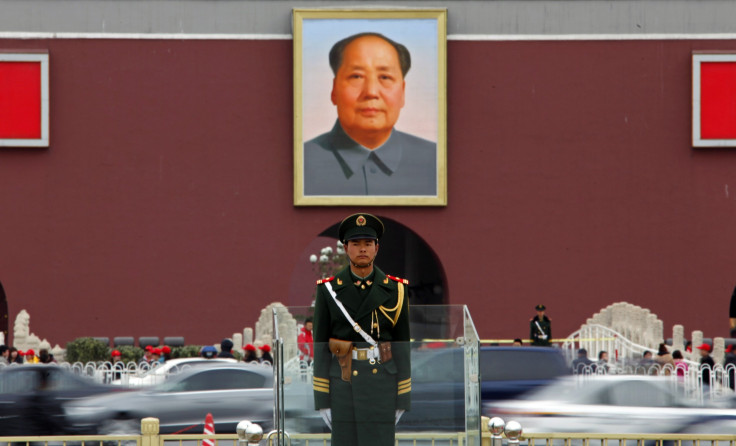China Posts March Trade Deficit, But Q1 Commerce With US Rises

China’s trade in the first quarter of 2013 surged with the United States but fell with Europe, the Beijing government announced Wednesday, another sign of an uneven recovery in the global economy.
The General Administration of Customs said first-quarter trade with the U.S. rose by 10.8 percent from a year earlier to $118.2 billion, the Financial Times reported. Overall Chinese exports rose 10 percent in March from same month a year earlier to $182 billion, but China swung to a trade deficit of $880 million, MarketWatch reported.
Hong Kong's Hang Seng index gained 0.1 percent and the Shanghai Composite weakened by around 0.3 percent Wednesday as investors digested the trade data.
The deficit, which followed February’s $15.3 billion surplus, missed a forecast for a surplus of $14.7 billion from a Dow Jones Newswires survey and a $15.2 billion projected surplus tipped by Bloomberg News.
The gain in imports, which had fallen more than 15 percent in February, exceeded a 6.1 percent growth forecast from Dow Jones Newswires and a 5.2 percent estimate from a Reuters survey.
Exports rose 10 percent from March 2012, less than Dow Jones’ expected increase of 12 percent and well below an almost 22 percent rise in February.
As China is the world’s largest trader of goods, its trade data are watched closely for signs about the health of the global economy.
In a sign of continued weakness in the European Union – China’s largest export market – trade between the China and the EU in the first quarter fell 1.9 per cent to $124.4 billion, the FT reported. The trade data also showed a strong rebound in Chinese imports in March following a slump in February that was partly due to the effects of the long Lunar New Year holiday, with imports rising 14.1 percent to $183 billion.
China has racked up persistent annual trade surpluses for well over a decade, which has caused friction with many of its trade partners, some of whom argue that it has kept the value of its currency artificially low to boost its exports.
In response and to put its economy on a more stable path, China has been shifting its policy emphasis from export-driven growth toward domestic consumption since the financial crisis.
Partly as a result of this and partly because of weaker demand in the rest of the world, China’s total trade growth last year was just 6.2 percent, well below the government’s target of 10 percent and much slower than the 20-30 per cent annual increases seen over much of the last decade.
Beijing has set a target this year of 8 percent growth in total trade but some analysts have said that even this lower target will be hard to achieve.
Chinese trade data have of late drawn skepticism from analysts, who say recent trade numbers appear to overstate exports when compared with other data sets.
A Bloomberg report earlier in the week cited Hong Kong-based Nomura chief China economist Zhang Zhiwei as saying recent export growth “sounds too strong for me,” while a Goldman Sachs report said local governments in China may be acting to boost the data by recording some exports twice.
But those comments came ahead of the March numbers, with their cooling of the rapid export growth of the previous months.
© Copyright IBTimes 2024. All rights reserved.





















